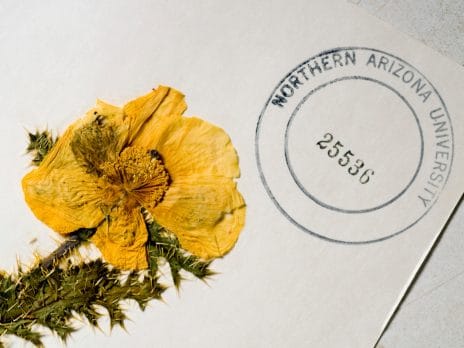 Herbarium Home Deaver Herbarium overview
Herbarium Home Deaver Herbarium overview 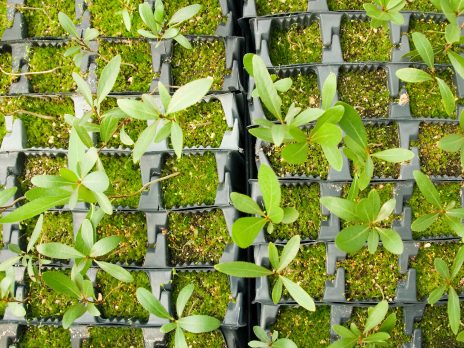 Staff Learn more about the folks at the Deaver Herbarium
Staff Learn more about the folks at the Deaver Herbarium 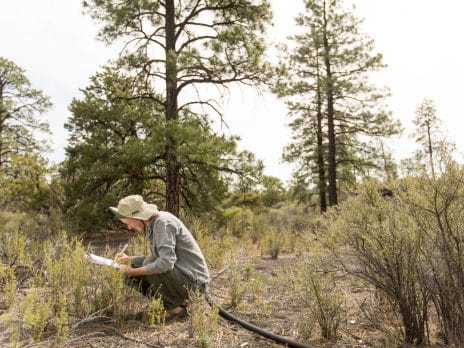 Research Support students and researchers by providing historical and contemporary specimens for study
Research Support students and researchers by providing historical and contemporary specimens for study 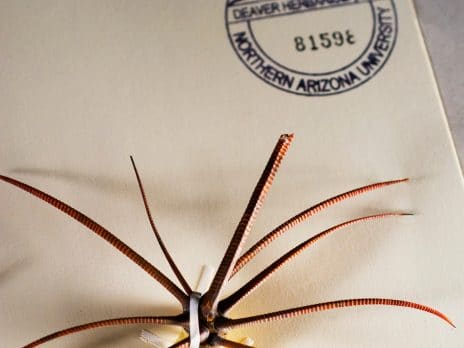 Services Resource for students, professional botanists, private consultants, and the Flagstaff community
Services Resource for students, professional botanists, private consultants, and the Flagstaff community Deaver Herbarium education
The Deaver Herbarium at NAU is a great resource for students earning degrees in the biological sciences
Many NAU undergraduate and graduate students use the Deaver Herbarium’s collections to identify unknown species for research projects or to complete course assignments. All voucher specimens, a representative specimen of a plant used in a study, collected as part of a student project are added to the Deaver Herbarium collections.
Some of the specialized courses that use the herbarium’s collections include Plant Taxonomy (BIO 415) and Floristics (BIO 599), which are briefly described below.
Plant Taxonomy (BIO 415)
This course introduces students to the principles of plant classification and includes a survey of flowering plants in northern Arizona, teaching students to identify vascular plants using the regional flora. Students are required to make a collection of plants in an area of Arizona that is not well understood botanically during a 3- to 5-day field trip. The student collections that document range extensions or new reports of species for the area become valuable additions to the Deaver Herbarium.
Floristics (BIO 599)
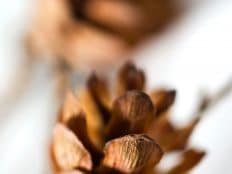
This course teaches students how to write keys and descriptions and prepare maps, illustrations, and photo plates for a particular family or genus. Students are required to prepare a treatment for Vascular Plants of Arizona, the latest flora for Arizona. Completed treatments are published in the Journal of the Arizona-Nevada Academy of Science or Canotia. As of 2018, NAU students have contributed the following treatments:
- Plantaginaceae
- Rhamnaceae
- Portulacaceae
- Fabaceae I (Errazurizia, Psorothamnus, Marina)
- Phrymaceae
- Scrophulariaceae
- Hydrangeaceae
- Lamiaceae Part II: Clinopodium, Dracocephalum, Hedeoma, Mentha, Poliomintha, Prunella, Salvia, Scutellaria (in revision)
